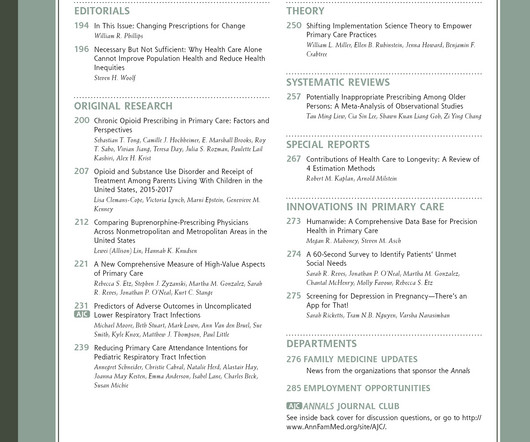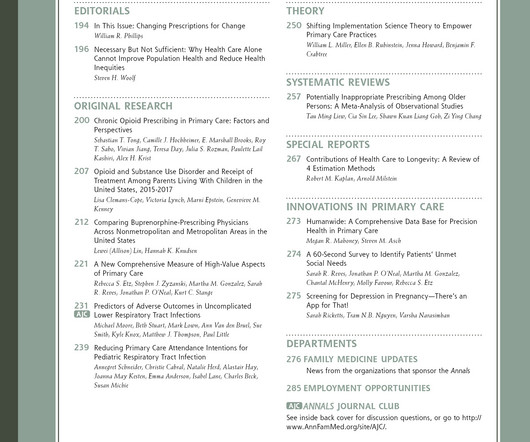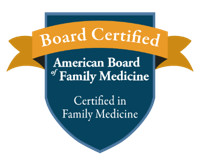Describing Differences Across Place and Provider in Canadian Team-Based Care Settings Using Electronic Health Records [Health care informatics]
Annals of Family Medicine
NOVEMBER 20, 2024
Community Health Centres (CHCs) provide TBC for both urban and rural populations with barriers to care in Ontario, Canada, and they share a common electronic health record (EHR) system that records codes assigned by providers during an encounter. This dataset comes from 59 CHCs across Ontario, Canada.











Let's personalize your content